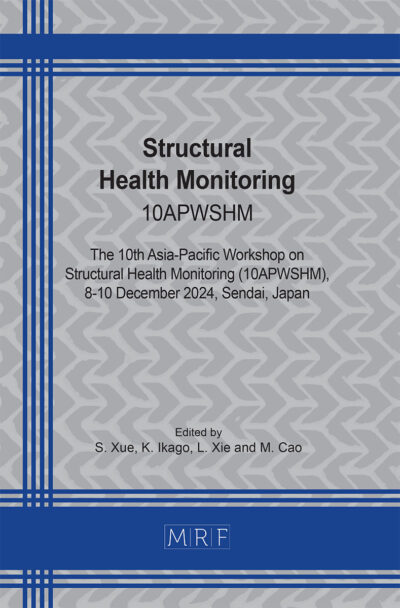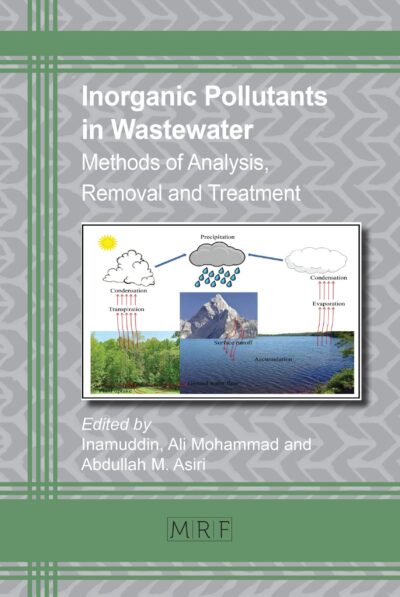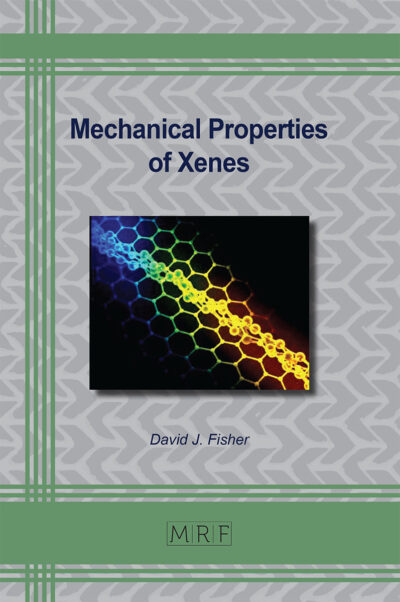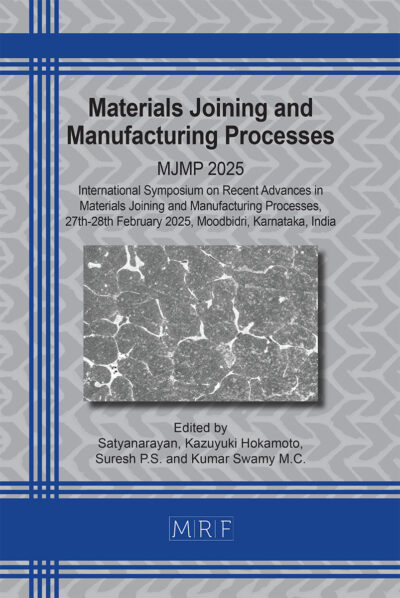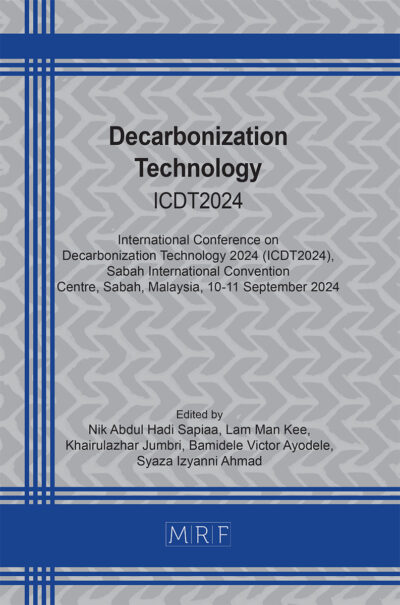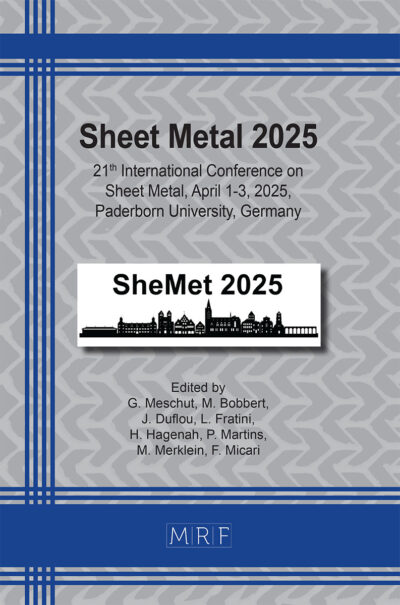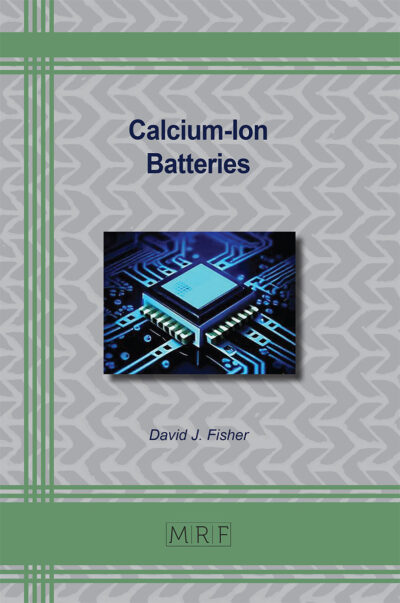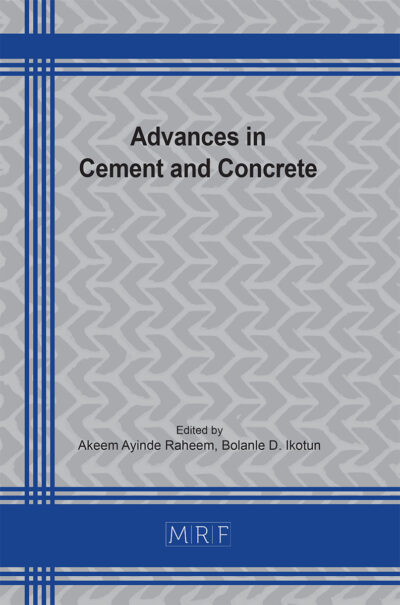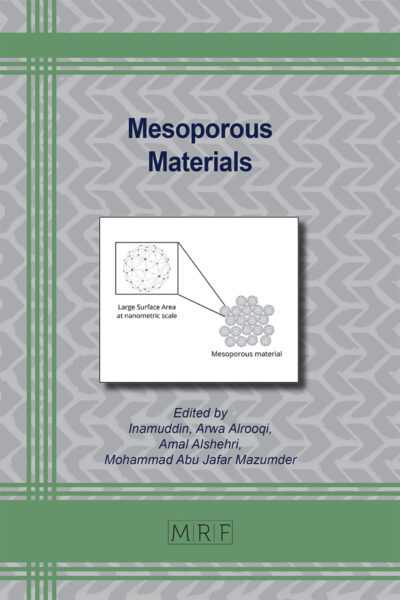Carbon capture and storage techniques for CO2 reduction from energy sector
CHUNG Hong Tan, SIEH Kiong Tiong, ODAY A Ahmed, JOHNNY Siaw Paw Koh, CHONG Tak Yaw, TALAL Yusaf, KUMARAN Kadirgama
Abstract. With the growing global population comes an ever-increasing need for energy. The current global energy supply is still being satisfied primarily by fossil fuels. The worldwide combustion of fossil fuels has released huge amounts of greenhouse gases (GHGs), particularly carbon dioxide (CO2), into the atmosphere. To keep global mean temperature rise below 1.5°C, GHG emissions must be minimized and become net zero by 2050. One of the best methods of reducing GHG emissions is by capturing CO2 using carbon capture and storage (CCS) technology from industries and power plants. Three commonly utilized CCS processes are absorption, adsorption, and membrane techniques. Absorption is the most established technique, but suffers from degradation of equipment due to corrosive absorbents and costly absorbent regeneration. Meanwhile, adsorption does not perform well in large-scale applications because the adsorbents have relatively lesser capacity and capability to seperate CO2 than absorption technique. Compared to absorption and adsorption, membrane technique requires lower energy to operate, but becomes inefficient with low partial pressures of CO2. In this review, the mechanisms of CO2 capture using absorption, adsorption, and membrane techniques as well as their pros and cons are discussed in detail.
Keywords
Absorption, Adsorption, Carbon Capture and Storage, CO2, Membrane
Published online 4/25/2025, 8 pages
Copyright © 2025 by the author(s)
Published under license by Materials Research Forum LLC., Millersville PA, USA
Citation: CHUNG Hong Tan, SIEH Kiong Tiong, ODAY A Ahmed, JOHNNY Siaw Paw Koh, CHONG Tak Yaw, TALAL Yusaf, KUMARAN Kadirgama, Carbon capture and storage techniques for CO2 reduction from energy sector, Materials Research Proceedings, Vol. 53, pp 444-451, 2025
DOI: https://doi.org/10.21741/9781644903575-45
The article was published as article 45 of the book Decarbonization Technology
![]() Content from this work may be used under the terms of the Creative Commons Attribution 3.0 license. Any further distribution of this work must maintain attribution to the author(s) and the title of the work, journal citation and DOI.
Content from this work may be used under the terms of the Creative Commons Attribution 3.0 license. Any further distribution of this work must maintain attribution to the author(s) and the title of the work, journal citation and DOI.
References
[1] US Environmental Protection Agency (EPA). Global Greenhouse Gas Emissions Data. 2024 [29 March 2024]; Available from: https://www.epa.gov/ghgemissions/global-greenhouse-gas-emissions-data.
[2] J. Rogelj, et al., Paris Agreement climate proposals need a boost to keep warming well below 2 C. Nature. 534 (2016) 631-639. https://doi.org/10.1038/nature18307.
[3] C.G. Okoye-Chine, et al., Conversion of carbon dioxide into fuels—A review. Journal of CO2 Utilization. 62 (2022) 102099. https://doi.org/10.1016/j.jcou.2022.102099.
[4] J.L. Holechek, et al., A global assessment: can renewable energy replace fossil fuels by 2050? Sustainability. 14 (2022) 4792. https://doi.org/10.3390/su14084792.
[5] N.S. Sifat, Y. Haseli, A critical review of CO2 capture technologies and prospects for clean power generation. Energies. 12 (2019) 4143. https://doi.org/10.3390/en12214143.
[6] A. Padurean, C.-C. Cormos, P.-S. Agachi, Pre-combustion carbon dioxide capture by gas–liquid absorption for Integrated Gasification Combined Cycle power plants. International Journal of Greenhouse Gas Control. 7 (2012) 1-11. https://doi.org/10.1016/j.ijggc.2011.12.007.
[7] C.-H. Yu, C.-H. Huang, C.-S. Tan, A Review of CO2 Capture by Absorption and Adsorption. Aerosol and Air Quality Research. 12 (2012) 745-769. https://doi.org/10.4209/aaqr.2012.05.0132.
[8] W.L. Theo, et al., Review of pre-combustion capture and ionic liquid in carbon capture and storage. Applied Energy. 183 (2016) 1633-1663. https://doi.org/10.1016/j.apenergy.2016.09.103.
[9] S. Rackley, Absorption capture systems, Carbon Capture and Storage, Elsevier: Amsterdam, The Netherlands, 2017, pp. 115-149.
[10] S. Lu, et al., Research and design experience of a 150 kt/a CO2 capture and purification project in the Shaanxi Guohua Jinjie power plant. Separation and Purification Technology. 320 (2023) 124089. https://doi.org/10.1016/j.seppur.2023.124089.
[11] D. Jansen, et al., Pre-combustion CO2 capture. International Journal of Greenhouse Gas Control. 40 (2015) 167-187. https://doi.org/10.1016/j.ijggc.2015.05.028.
[12] J.D. Figueroa, et al., Advances in CO2 capture technology—The U.S. Department of Energy’s Carbon Sequestration Program. International Journal of Greenhouse Gas Control. 2 (2008) 9-20. https://doi.org/10.1016/S1750-5836(07)00094-1.
[13] D. Berstad, R. Anantharaman, P. Nekså, Low-temperature CCS from an IGCC Power Plant and Comparison with Physical Solvents. Energy Procedia. 37 (2013) 2204-2211. https://doi.org/10.1016/j.egypro.2013.06.100.
[14] J. Singh, D.W. Dhar, Overview of Carbon Capture Technology: Microalgal Biorefinery Concept and State-of-the-Art. Frontiers in Marine Science. 6 (2019) 29. https://doi.org/10.3389/fmars.2019.00029.
[15] M.K. Mondal, H.K. Balsora, P. Varshney, Progress and trends in CO2 capture/separation technologies: A review. Energy. 46 (2012) 431-441. https://doi.org/10.1016/j.energy.2012.08.006.
[16] A. Meisen, X. Shuai, Research and development issues in CO2 capture. Energy Conversion and Management. 38 (1997) S37-S42. https://doi.org/10.1016/S0196-8904(96)00242-7.
[17] S. Lillia, et al., A comprehensive modeling of the hybrid temperature electric swing adsorption process for CO2 capture. International Journal of Greenhouse Gas Control. 74 (2018) 155-173. https://doi.org/10.1016/j.ijggc.2018.04.012.
[18] S. Sircar, Pressure Swing Adsorption. Industrial & Engineering Chemistry Research. 41 (2002) 1389-1392. https://doi.org/10.1021/ie0109758.
[19] C. Voss, Applications of Pressure Swing Adsorption Technology. Adsorption. 11 (2005) 527-529. https://doi.org/10.1007/s10450-005-5979-3.
[20] J. Zhang, P.A. Webley, P. Xiao, Effect of process parameters on power requirements of vacuum swing adsorption technology for CO2 capture from flue gas. Energy Conversion and Management. 49 (2008) 346-356. https://doi.org/10.1016/j.enconman.2007.06.007.
[21] C.A. Grande, Advances in Pressure Swing Adsorption for Gas Separation. ISRN Chemical Engineering. 2012 (2012) 982934. https://doi.org/10.5402/2012/982934.
[22] N.A. Rashidi, S. Yusup, An overview of activated carbons utilization for the post-combustion carbon dioxide capture. Journal of CO2 Utilization. 13 (2016) 1-16. https://doi.org/10.1016/j.jcou.2015.11.002.
[23] I. Hinkov, et al., Carbon dioxide capture by adsorption. Journal of Chemical Technology and Metallurgy. 51 (2016) 609-626. https://hal.science/hal-03355471/.
[24] T.C. Merkel, et al., Power plant post-combustion carbon dioxide capture: An opportunity for membranes. Journal of Membrane Science. 359 (2010) 126-139. https://doi.org/10.1016/j.memsci.2009.10.041.
[25] S. Japip, et al., Highly permeable zeolitic imidazolate framework (ZIF)-71 nano-particles enhanced polyimide membranes for gas separation. Journal of Membrane Science. 467 (2014) 162-174. https://doi.org/10.1016/j.memsci.2014.05.025.
[26] R. Khalilpour, et al., Membrane-based carbon capture from flue gas: a review. Journal of Cleaner Production. 103 (2015) 286-300. https://doi.org/10.1016/j.jclepro.2014.10.050.
[27] M.H. Ibrahim, et al., CO2 Capture Using Hollow Fiber Membranes: A Review of Membrane Wetting. Energy & Fuels. 32 (2018) 963-978. https://doi.org/10.1021/acs.energyfuels.7b03493.
[28] M.H. El-Naas, et al., Evaluation of the removal of CO2 using membrane contactors: Membrane wettability. Journal of Membrane Science. 350 (2010) 410-416. https://doi.org/10.1016/j.memsci.2010.01.018.
[29] S. Rajabzadeh, et al., Effect of membrane structure on gas absorption performance and long-term stability of membrane contactors. Separation and Purification Technology. 108 (2013) 65-73. https://doi.org/10.1016/j.seppur.2013.01.049.
[30] S. Rostami, P. Keshavarz, S. Raeissi, Experimental study on the effects of an ionic liquid for CO2 capture using hollow fiber membrane contactors. International Journal of Greenhouse Gas Control. 69 (2018) 1-7. https://doi.org/10.1016/j.ijggc.2017.12.002.
[31] A.A. Olajire, CO2 capture and separation technologies for end-of-pipe applications – A review. Energy. 35 (2010) 2610-2628. https://doi.org/10.1016/j.energy.2010.02.030.
[32] M. Kárászová, et al., Post-combustion carbon capture by membrane separation, Review. Separation and Purification Technology. 238 (2020) 116448. https://doi.org/10.1016/j.seppur.2019.116448.



